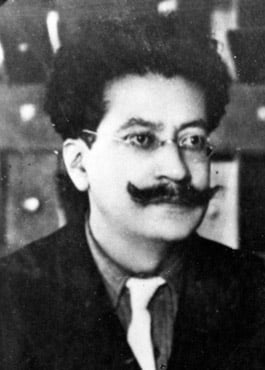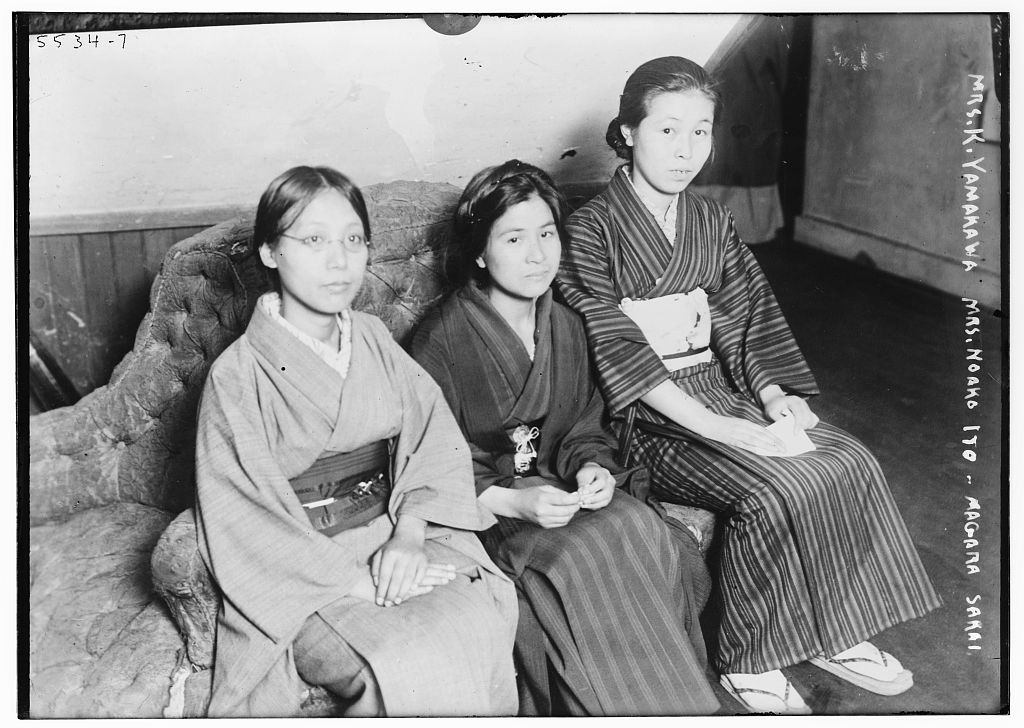
Beginning in 1910, the Empire of Japan illegally annexed Korea after victories in the Russo-Japanese War (1905). This annexation led to the establishment a colonial government within the country that lasted until the Axis Powers surrendered in 1945. With harsh assimilation policies, forced labor, and censorship, Japan attempted to deliberately subjugate Korea, which consequently urged the development of socialist and nationalist resistance.
Thus, the March First Movement, or the Sam-il Movement, was the physical response to these tools of oppression. Beginning on March 1st of 1919, the campaign involved various student-led demonstrations demanding the Independence of Korea as a result of Japanese imperialism. Inspired by the Treaty of Versailles and Woodrow Wilson’s Fourteen Points, the movement sought to dispel Japanese colonial power through peaceful protest and the creation of a Korean Declaration of Independence. While the event did not single-handedly attain Korean Independence, it is notable for empowering the Korean Independence Movement and inspiring various influential activists.
FURTHER READING
Baldwin, Frank Prentiss, JR. 1969. “The March First Movement: Korean Challenge and Japanese Response.” Order No. 7220026, Columbia University. https://proxy.wm.edu/login?url=https://www.proquest.com/dissertations-theses/march-first-movement-korean-challenge-japanese/docview/288040533/se-2?accountid=15053.
Neuhaus, Dolf-Alexander. “”Awakening Asia”: Korean Student Activists in Japan, The Asia Kunglun, and Asian Solidarity, 1910–1923.” Cross-Currents: East Asian History and Culture Review 6, no. 2 (2017): 608-638. doi:10.1353/ach.2017.0021.
Leave a Comment




